May is Mental Health Awareness Month in the US, and this month Facebook is letting people know about our tools and resources we have developed for people who may be struggling.
People may see videos or photos in News Feed for a broad awareness campaign about supportive groups, crisis support over Messenger and suicide prevention tools.
We’ve been committed to mental health support for many years, and this is one of the ways we’re working to build a safer and more supportive community on Facebook. As we continue to invest in new tools and resources, we hope Facebook can help provide support to more people over time. For example, Mama Dragons, a Utah community of mothers with LGBTQ children, uses Facebook Groups to share experiences and offer support.
Finding Supportive Groups
On Facebook, people can connect to groups that support them through difficult times. Throughout May, we’ll be helping more people find groups about mental health and well-being.
Crisis Support Over Messenger
People can talk in real time with trained crisis and mental health support volunteers over Messenger. Participating organizations include Crisis Text Line, the National Eating Disorder Association, Partnership for Drug-Free Kids and the National Suicide Prevention Lifeline. We are also happy to announce that we will be adding The Trevor Project, an organization focused on crisis intervention and suicide prevention for LGBTQ youth. The option will roll out over the next few months.
Suicide Prevention Tools and Resources
We’ve offered suicide prevention tools on Facebook for more than 10 years. We developed these in collaboration with mental health organizations such as Save.org, National Suicide Prevention Lifeline, Forefront and Crisis Text Line, and with people who have personal experience thinking about or attempting suicide. Last year we expanded the availability of these tools worldwide with the help of over 70 partners, and we’ve improved them based on new technology and feedback from the community.
This month Instagram is also helping to raise awareness about mental health and the communities of support that exist on the platform. To learn more about the tools and resources available on Instagram and the #HereForYou initiative, visit instagram-together.com.
Together, we hope these resources help more people who may be struggling and and we’re continuously improving them to build a safer and more supportive community on Facebook.


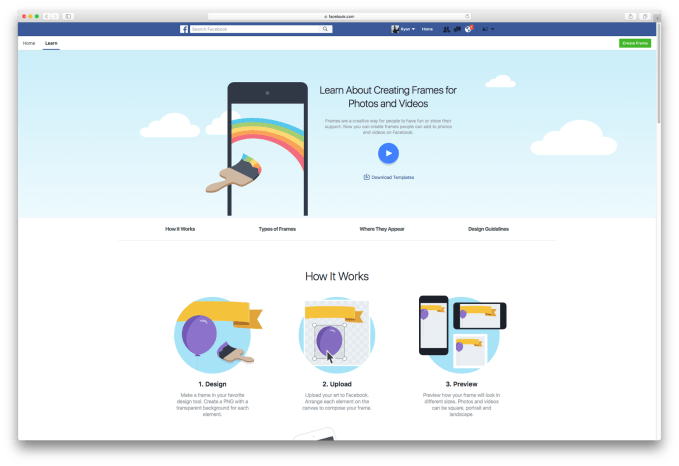
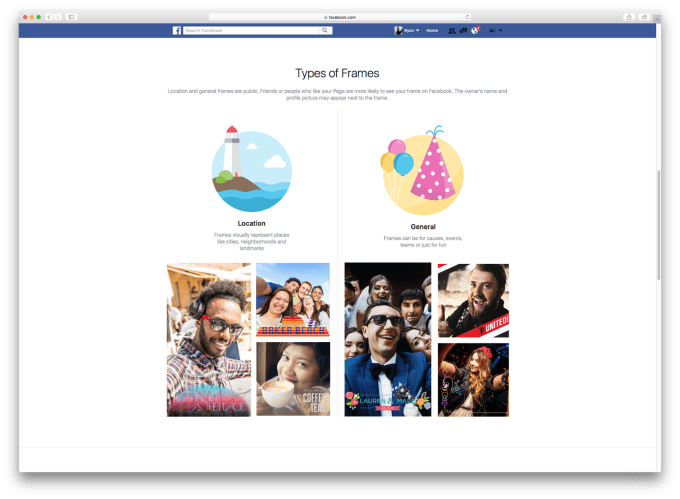






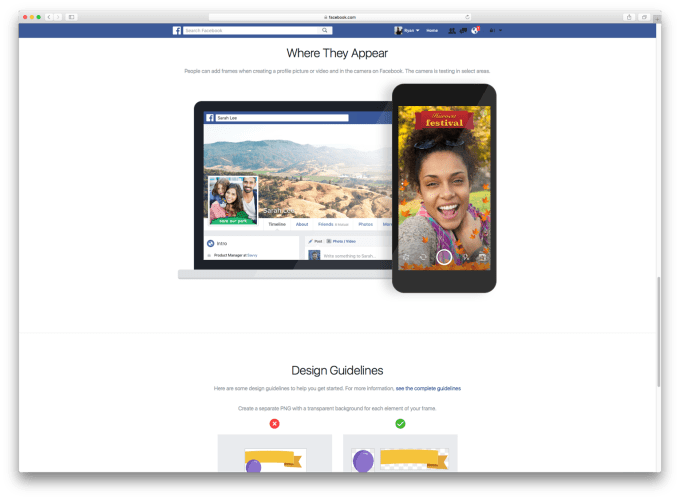

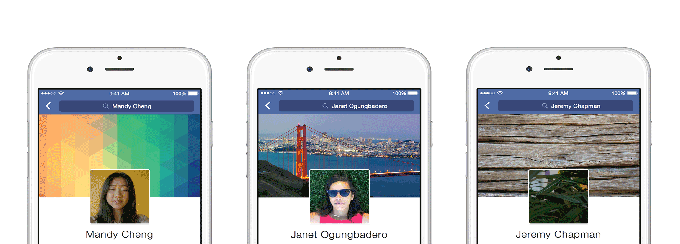
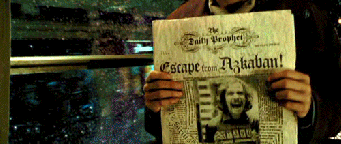 In the examples, you’ll see Facebook employees dropping hats onto their heads, blowing their faces with air, or cracking a slow but subtle smile. The profile videos feel a bit like the Harry Potter newspapers, where photos suddenly come alive. They’re sure to unlock a ton of creativity from the user base.
In the examples, you’ll see Facebook employees dropping hats onto their heads, blowing their faces with air, or cracking a slow but subtle smile. The profile videos feel a bit like the Harry Potter newspapers, where photos suddenly come alive. They’re sure to unlock a ton of creativity from the user base.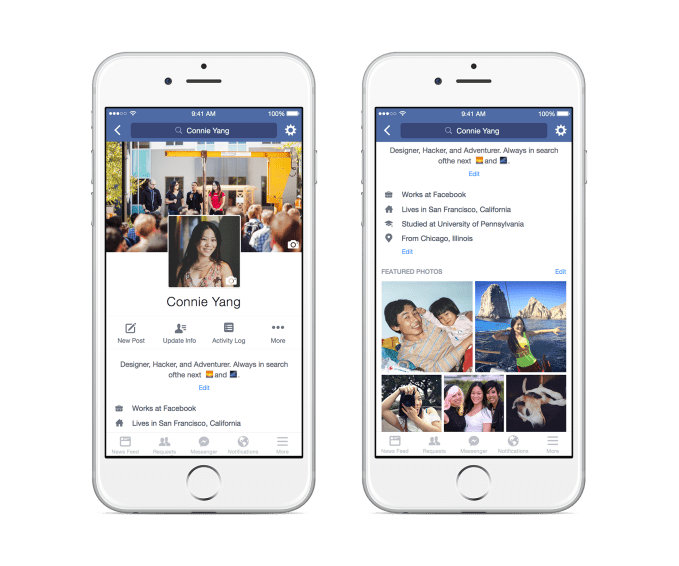
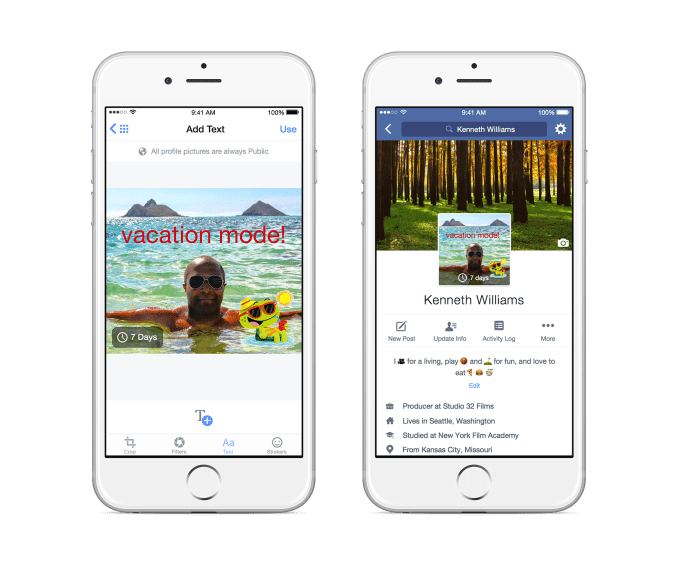
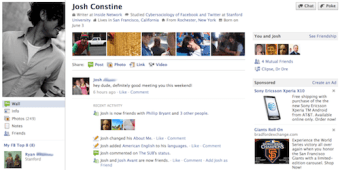 At first glance, the changes might seem merely aesthetically pleasing. And truthfully, that was the only task of the team that designed them. But the repercussions for Facebook’s business could be significant, just like a similar overhaul of web profiles in 2010 was.
At first glance, the changes might seem merely aesthetically pleasing. And truthfully, that was the only task of the team that designed them. But the repercussions for Facebook’s business could be significant, just like a similar overhaul of web profiles in 2010 was.












